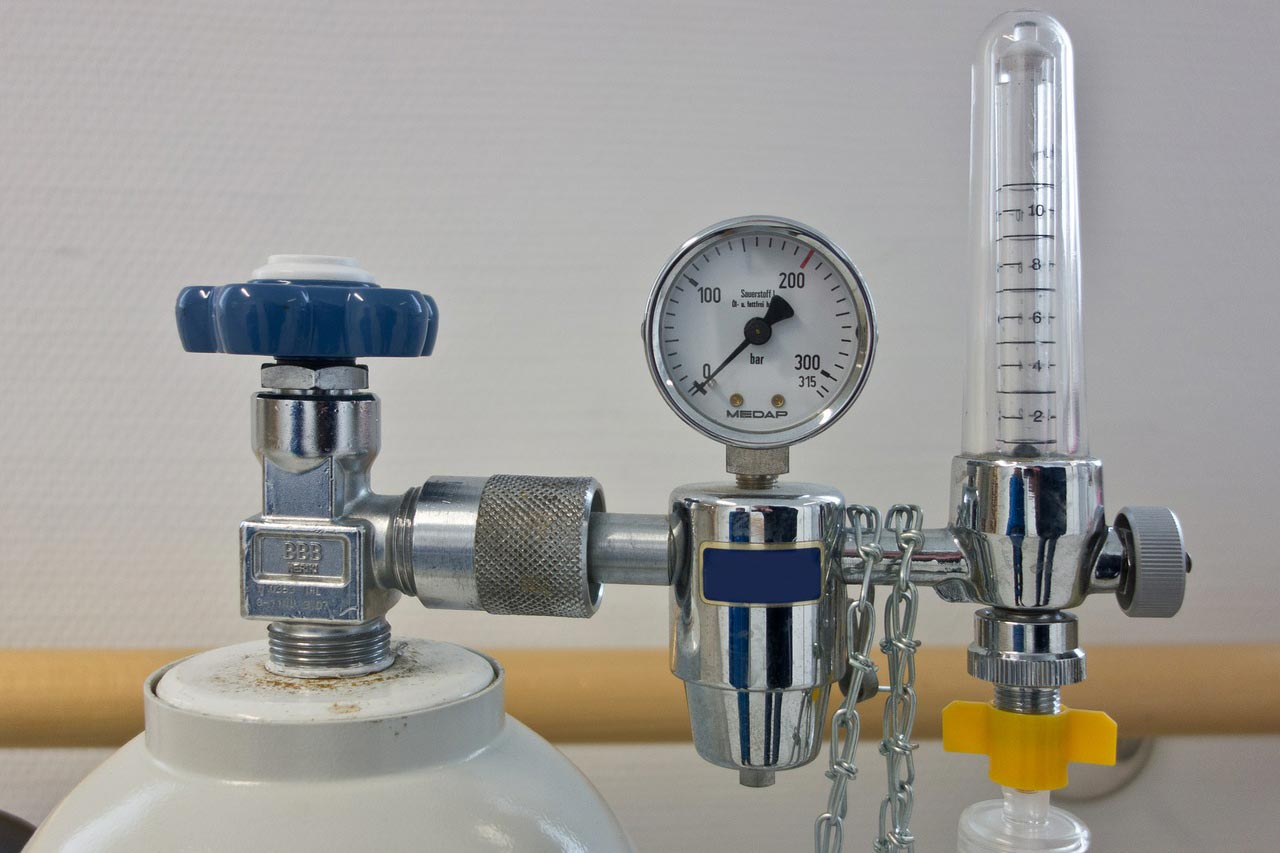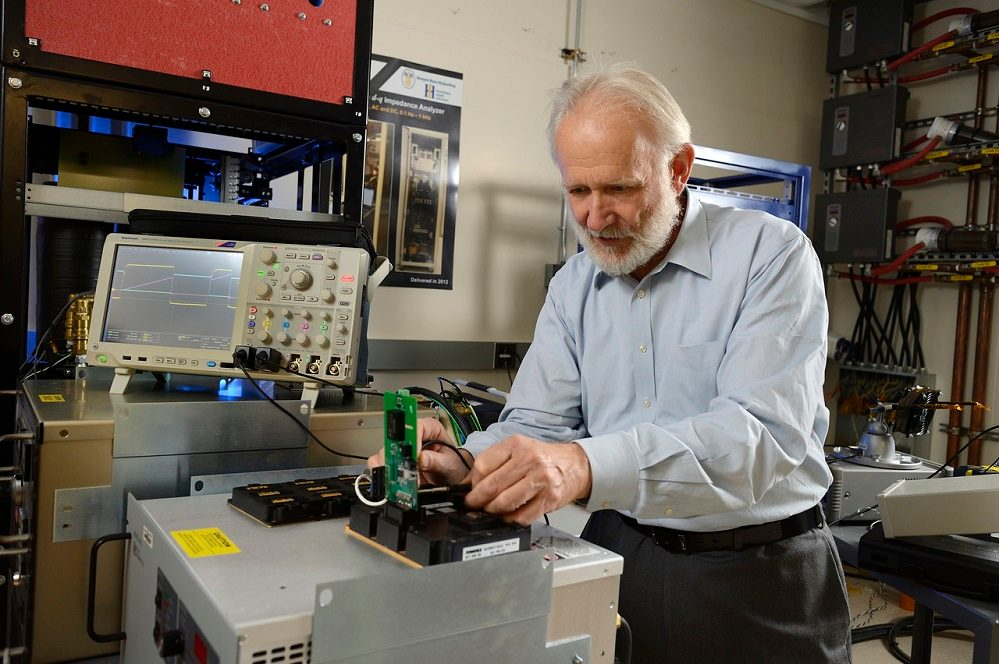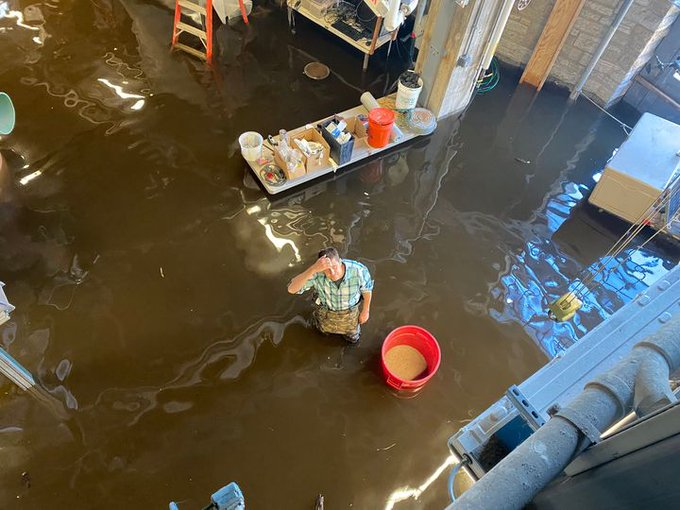Types of lab gases and their applications

The Vital Role of Lab Gases in Scientific Advancement
In the realm of scientific research and development, laboratories serve as the bedrock of innovation, where groundbreaking discoveries are made and technological advancements are propelled forward. At the heart of these laboratories lies a critical component that often goes unnoticed yet plays an indispensable role in countless experiments and analyses: lab gases. These gases, ranging from the ubiquitous nitrogen and oxygen to specialized gases like helium and argon, are essential tools that enable scientists to conduct a wide array of experiments, from basic research to cutting-edge applications.
The use of lab gases spans across diverse scientific disciplines, including chemistry, biology, physics, and materials science. They serve as crucial reagents, enabling reactions, providing inert atmospheres, and facilitating analytical techniques. From the precise control of atmospheric conditions in cell culture to the intricate analysis of complex molecules using gas chromatography, lab gases are integral to the success of countless scientific endeavors.
The demand for lab gases has been steadily increasing in recent years, driven by the growth of the scientific research and development sector, as well as the expansion of industries that rely heavily on scientific advancements. This surge in demand has led to a growing need for reliable and efficient Gas Piping & Distribution Systems, ensuring the safe and consistent delivery of these vital gases to laboratories across the globe.
The importance of lab gases extends beyond the laboratory walls, impacting various aspects of our lives. From the development of new pharmaceuticals and medical treatments to the creation of innovative materials and technologies, lab gases play a crucial role in shaping the future of our world. As scientific research continues to push the boundaries of knowledge and innovation, the demand for lab gases is expected to continue its upward trajectory, highlighting the critical role they play in driving scientific progress.
This article delves into the diverse world of lab gases, exploring the various types of gases used in laboratories, their unique properties and applications, and the importance of Gas Piping & Distribution Systems in ensuring their safe and efficient delivery. By understanding the intricacies of lab gases and their applications, we can gain a deeper appreciation for their vital role in scientific advancement and the impact they have on our lives.
The Essential Role of Lab Gases in Scientific Research and Development
In the realm of scientific research and development, laboratories serve as the bedrock of innovation, where groundbreaking discoveries and technological advancements are made. At the heart of these laboratories lies a critical infrastructure: the supply and distribution of specialized gases. These gases, often overlooked but undeniably essential, play a pivotal role in a wide array of scientific applications, enabling researchers to conduct experiments, analyze samples, and develop new materials and processes.
The demand for lab gases has been steadily increasing, driven by the growth of various scientific disciplines, including biotechnology, pharmaceuticals, materials science, and environmental research. As scientific research becomes increasingly sophisticated, the need for high-purity gases, precise gas delivery systems, and reliable gas supply chains has become paramount. This article delves into the diverse world of lab gases, exploring their types, applications, and the critical role they play in advancing scientific knowledge and technological progress.
A Comprehensive Overview of Lab Gases
Lab gases encompass a wide range of chemical compounds, each possessing unique properties that make them suitable for specific scientific applications. These gases can be broadly categorized into:
1. Inert Gases
Inert gases, also known as noble gases, are characterized by their unreactive nature, making them ideal for applications where inert atmospheres are required. These gases are often used to prevent unwanted chemical reactions, oxidation, or contamination. Some common inert gases used in laboratories include:
- Argon (Ar): Argon is a widely used inert gas in laboratories, particularly in applications involving welding, metal processing, and gas chromatography. Its inert nature makes it suitable for creating an inert atmosphere, preventing oxidation and other unwanted reactions.
- Helium (He): Helium is another inert gas known for its low density and high thermal conductivity. It is commonly used in gas chromatography, leak detection, and as a carrier gas in various analytical techniques.
- Nitrogen (N2): While nitrogen is not strictly an inert gas, it is often used as an inert gas in laboratories due to its abundance and relatively low reactivity. It is commonly used in purging systems, as a carrier gas in gas chromatography, and for creating an inert atmosphere in various applications.
2. Reactive Gases
Reactive gases, in contrast to inert gases, readily participate in chemical reactions. These gases are often used as reactants, catalysts, or reagents in various chemical processes. Some common reactive gases used in laboratories include:
- Oxygen (O2): Oxygen is a highly reactive gas essential for combustion and respiration. It is widely used in laboratories for various applications, including combustion analysis, gas chromatography, and as a carrier gas in certain analytical techniques.
- Hydrogen (H2): Hydrogen is a highly flammable and reactive gas used in various laboratory applications, including hydrogenation reactions, fuel cells, and as a carrier gas in gas chromatography.
- Carbon Dioxide (CO2): Carbon dioxide is a colorless, odorless gas used in various laboratory applications, including gas chromatography, as a reagent in chemical reactions, and for creating specific atmospheres in controlled environments.
- Acetylene (C2H2): Acetylene is a highly flammable gas used in welding and cutting applications due to its high heat output. It is also used in some laboratory applications, such as organic synthesis and as a fuel source in certain analytical instruments.
3. Specialty Gases
Specialty gases are a diverse group of gases with specific properties and applications. These gases are often used in specialized research areas, such as semiconductor manufacturing, medical research, and environmental monitoring. Some examples of specialty gases include:
- Calibration Gases: Calibration gases are used to calibrate analytical instruments, ensuring accurate and reliable measurements. These gases are typically mixtures of known concentrations of specific gases, allowing for precise calibration of instruments.
- Process Gases: Process gases are used in various industrial processes, such as semiconductor manufacturing, thin-film deposition, and plasma etching. These gases are often highly pure and require specialized handling and delivery systems.
- Medical Gases: Medical gases are used in healthcare settings for various applications, including anesthesia, respiratory therapy, and medical imaging. These gases are typically highly pure and require strict quality control measures.
The Importance of Gas Piping & Distribution Systems
The safe and efficient delivery of lab gases to various points of use within a laboratory is crucial for research and development activities. This is where gas piping & distribution systems come into play. These systems are designed to transport gases from their source, such as gas cylinders or bulk gas storage tanks, to various laboratory instruments and equipment. The design and implementation of gas piping & distribution systems are critical for ensuring the following:
- Safety: Gas piping & distribution systems must be designed and installed to meet stringent safety standards, minimizing the risk of leaks, fires, or explosions. This includes using appropriate materials, pressure ratings, and safety devices.
- Reliability: The gas piping & distribution system must be reliable, ensuring a continuous and uninterrupted supply of gases to laboratory instruments and equipment. This requires careful selection of materials, proper installation, and regular maintenance.
- Purity: The gas piping & distribution system must maintain the purity of the gases being delivered. This requires using materials that are inert to the gases being transported and minimizing the potential for contamination.
- Flexibility: The gas piping & distribution system should be flexible enough to accommodate future changes in laboratory layout and gas requirements. This may involve using modular systems that can be easily expanded or reconfigured.
Applications of Lab Gases in Scientific Research
Lab gases play a vital role in a wide range of scientific research and development activities, enabling researchers to conduct experiments, analyze samples, and develop new materials and processes. Some key applications of lab gases in scientific research include:
1. Analytical Chemistry
Lab gases are essential for various analytical techniques, including gas chromatography (GC), mass spectrometry (MS), and atomic absorption spectroscopy (AAS). In GC, carrier gases like helium, nitrogen, or hydrogen are used to transport analyte molecules through the separation column, allowing for the identification and quantification of different components in a sample. In MS, inert gases like helium or argon are used as ionization sources, generating ions from the sample molecules for analysis. In AAS, gases like acetylene or nitrous oxide are used as fuel and oxidant in the flame, providing the necessary energy for atomization and excitation of the analyte atoms.
2. Biotechnology and Pharmaceuticals
Lab gases play a crucial role in biotechnology and pharmaceutical research, enabling the development of new drugs, vaccines, and diagnostic tools. In cell culture, inert gases like nitrogen or argon are used to create an inert atmosphere, preventing oxidation and other unwanted reactions that could damage cells. In fermentation processes, gases like carbon dioxide or oxygen are used to control the growth and metabolism of microorganisms, optimizing the production of desired products. In drug development, gases like hydrogen or nitrogen are used in various chemical reactions, such as hydrogenation and reduction, to synthesize new drug molecules.
3. Materials Science
Lab gases are essential for various materials science applications, including thin-film deposition, plasma etching, and surface modification. In thin-film deposition, gases like argon, nitrogen, or oxygen are used as sputtering gases, allowing for the deposition of thin films of various materials onto substrates. In plasma etching, gases like oxygen, chlorine, or fluorine are used to etch away unwanted material from substrates, creating intricate patterns and structures. In surface modification, gases like nitrogen or oxygen are used to modify the surface properties of materials, enhancing their wear resistance, corrosion resistance, or adhesion properties.
4. Environmental Research
Lab gases are used in various environmental research applications, including air quality monitoring, greenhouse gas analysis, and climate change research. In air quality monitoring, gases like carbon monoxide, sulfur dioxide, or nitrogen oxides are measured to assess air pollution levels. In greenhouse gas analysis, gases like carbon dioxide, methane, or nitrous oxide are measured to understand their contribution to global warming. In climate change research, gases like carbon dioxide, methane, or ozone are studied to understand their role in the Earth's climate system.
The Future of Lab Gases
The demand for lab gases is expected to continue growing in the coming years, driven by advancements in scientific research, technological innovation, and the increasing need for high-purity gases and reliable gas supply chains. As scientific research becomes increasingly sophisticated, the need for specialized gases, precise gas delivery systems, and advanced gas handling technologies will become even more critical. The future of lab gases is likely to be shaped by the following trends:
- Increased Demand for High-Purity Gases: As scientific research becomes more precise and sensitive, the demand for high-purity gases will continue to increase. This will require advancements in gas purification technologies and stricter quality control measures.
- Advancements in Gas Delivery Systems: The development of more efficient and reliable gas delivery systems will be crucial for meeting the growing demand for lab gases. This includes advancements in gas piping & distribution systems, gas regulators, and gas flow controllers.
- Integration of Gas Handling Technologies: The integration of gas handling technologies with other laboratory equipment and systems will become increasingly important. This will allow for more automated and efficient gas delivery and management, reducing the risk of errors and improving overall laboratory efficiency.
- Sustainability and Environmental Responsibility: The environmental impact of gas production and distribution will become increasingly important. This will require the development of more sustainable gas production methods, reducing greenhouse gas emissions, and promoting the use of recycled and renewable materials.
In conclusion, lab gases are essential components of scientific research and development, enabling researchers to conduct experiments, analyze samples, and develop new materials and processes. The demand for lab gases is expected to continue growing, driven by advancements in science and technology. The future of lab gases will be shaped by the development of high-purity gases, advanced gas delivery systems, and sustainable gas production methods. As scientific research continues to push the boundaries of knowledge and innovation, lab gases will play an increasingly vital role in shaping the future of science and technology.
The Importance of Gas Piping & Distribution Systems in Laboratory Operations

The efficient and safe delivery of laboratory gases is paramount to the success of any scientific endeavor. Gas piping and distribution systems play a crucial role in ensuring the reliable and controlled supply of these essential gases to various laboratory instruments and applications. This intricate network of pipes, valves, regulators, and other components acts as the lifeline for numerous scientific processes, enabling researchers to conduct experiments, analyze samples, and achieve groundbreaking discoveries.
The design and implementation of gas piping and distribution systems require careful consideration of several factors, including the specific gases used, the required flow rates, pressure requirements, and safety regulations. A well-designed system ensures the accurate delivery of gases to the intended points of use, minimizing the risk of leaks, contamination, and accidents. Moreover, it facilitates the efficient management of gas supplies, reducing waste and optimizing operational costs.
The importance of gas piping and distribution systems extends beyond the realm of laboratory operations. These systems are also essential in various industrial settings, such as manufacturing facilities, power plants, and chemical processing plants. In these environments, the reliable delivery of gases is critical for maintaining production processes, ensuring safety, and minimizing environmental impact.
Understanding the Components of Gas Piping & Distribution Systems
Gas piping and distribution systems are comprised of various components, each playing a specific role in the safe and efficient delivery of gases. These components include:
- Gas Cylinders: These are the primary source of gases, containing compressed or liquefied gases under high pressure. Cylinders are typically made of steel or aluminum and come in various sizes and configurations depending on the type and quantity of gas.
- Gas Regulators: These devices control the pressure of the gas as it flows from the cylinder to the distribution system. Regulators reduce the high pressure of the gas to a safe and usable level for laboratory instruments and applications.
- Piping: The network of pipes that transport the gas from the cylinders to the various points of use. Piping materials vary depending on the type of gas and the pressure requirements. Common materials include copper, stainless steel, and polyethylene.
- Valves: These devices control the flow of gas through the piping system. Valves are used to isolate sections of the system, regulate flow rates, and prevent leaks.
- Manifolds: These are distribution points where multiple gas lines converge, allowing for the simultaneous delivery of different gases to various locations.
- Gas Detectors: These devices monitor the concentration of gases in the air, providing early warning of leaks or spills. Gas detectors are essential for ensuring the safety of laboratory personnel.
Factors to Consider When Designing Gas Piping & Distribution Systems
The design of a gas piping and distribution system is a complex process that requires careful consideration of several factors, including:
- Type of Gases: The specific gases used in the laboratory will determine the materials used for piping, valves, and other components. Some gases are highly corrosive or reactive, requiring specialized materials to prevent leaks and contamination.
- Flow Rates: The required flow rates of each gas will influence the size and configuration of the piping system. Adequate flow rates ensure that instruments receive the necessary gas supply for optimal performance.
- Pressure Requirements: Different instruments and applications have varying pressure requirements. The gas piping system must be designed to deliver the correct pressure to each point of use.
- Safety Regulations: Gas piping and distribution systems must comply with relevant safety regulations, including those related to leak detection, ventilation, and emergency procedures.
- Environmental Considerations: The system should be designed to minimize the environmental impact of gas leaks or spills. This may involve the use of leak detection systems, ventilation systems, and proper disposal procedures.
Benefits of a Well-Designed Gas Piping & Distribution System
A well-designed gas piping and distribution system offers numerous benefits, including:
- Reliable Gas Supply: A properly designed system ensures a consistent and reliable supply of gases to all points of use, minimizing downtime and interruptions to laboratory operations.
- Improved Safety: The system minimizes the risk of leaks, spills, and other accidents, protecting laboratory personnel and the environment.
- Enhanced Efficiency: The system facilitates the efficient management of gas supplies, reducing waste and optimizing operational costs.
- Increased Accuracy: The controlled delivery of gases ensures the accuracy of experimental results and analytical data.
- Reduced Maintenance Costs: A well-designed system requires less maintenance and repairs, reducing overall operating costs.
Choosing the Right Gas Piping & Distribution System
Selecting the appropriate gas piping and distribution system for your laboratory requires careful consideration of your specific needs and requirements. Factors to consider include:
- Type and Quantity of Gases: The specific gases used in your laboratory will determine the materials and components required for the system.
- Flow Rates and Pressure Requirements: The system must be designed to deliver the correct flow rates and pressures to all points of use.
- Budget: The cost of the system will vary depending on the complexity and materials used.
- Safety Regulations: The system must comply with all relevant safety regulations.
- Environmental Considerations: The system should be designed to minimize environmental impact.
Maintenance and Inspection of Gas Piping & Distribution Systems
Regular maintenance and inspection of gas piping and distribution systems are crucial for ensuring their safe and efficient operation. These activities include:
- Leak Detection: Regular leak checks should be conducted using appropriate methods, such as soap bubbles or electronic leak detectors.
- Pressure Testing: Periodic pressure testing ensures that the system can withstand the required pressures.
- Valve Inspection: Valves should be inspected for leaks, corrosion, and proper operation.
- Gas Cylinder Inspection: Cylinders should be inspected for damage, leaks, and proper labeling.
- Documentation: All maintenance and inspection activities should be documented for future reference.
Conclusion
Gas piping and distribution systems are vital for laboratory operations, ensuring safe and efficient gas delivery to various instruments and applications. To explore the comprehensive range of products and services offered by IT Tech and find the most suitable gas piping and distribution solution for your lab, we encourage you to connect with us directly.
Our team of experts specializes in designing, installing, and maintaining gas piping systems tailored to your specific requirements and applications. Whether you need a new system or upgrades to your existing infrastructure, IT Tech has you covered.
By partnering with IT Tech, you'll benefit from:
- Customized Solutions: Our experts will work closely with you to understand your lab's needs and recommend the most suitable gas piping and distribution system.
- Quality Products: We offer a wide selection of high-quality gas piping components and accessories from trusted manufacturers to ensure reliability and safety.
- Expert Installation: Our skilled technicians will professionally install your gas piping system to ensure optimal performance and compliance with safety standards.
- Ongoing Support: With IT Tech, you'll have access to dedicated support and maintenance services to keep your gas piping system running smoothly.
Don't leave your laboratory's gas delivery system to chance. Contact IT Tech today to learn more about how we can help you optimize your gas piping and distribution infrastructure. Submit an enquiry now to start the conversation with our team of experts.
Subscribe to our newsletter
Stay updated with IT-Tech Insights
Related posts
Check out other IT- Tech Scientific Resources

Resolving wiring and grounding issues
Electrical issues can disrupt your lab's workflow and compromise safety. This article focuses on troubleshooting wiring and grounding problems, common culprits behind electrical malfunctions. We'll cover identifying signs of faulty wiring, diagnosing grounding issues, and implementing safe and effective solutions. Whether you're dealing with intermittent power outages, electrical shocks, or equipment malfunctions, this guide will equip you with the knowledge to resolve these problems efficiently and ensure a safe and reliable lab environment.

troubleshooting-lab-flooring-and-surface-damage
Lab flooring and surfaces are subjected to constant wear and tear from chemicals, spills, heavy equipment, and foot traffic. This can lead to damage that affects the safety and functionality of your lab. This article will guide you through the process of troubleshooting common flooring and surface damage, including identifying the causes, assessing the severity, and choosing the appropriate repair or replacement solutions. We'll cover topics such as cracks, stains, scratches, and delamination, providing practical tips and advice to help you maintain a safe and efficient lab environment.

Troubleshooting lab drainage and flooding
Lab drainage and flooding can disrupt operations, damage equipment, and pose safety risks. This article offers a step-by-step approach to troubleshooting these issues, covering common causes like clogged drains, faulty plumbing, and improper disposal practices. We explore preventative measures such as regular maintenance, proper waste disposal, and implementing leak detection systems. By understanding the root causes and implementing effective solutions, labs can minimize downtime, protect valuable equipment, and maintain a safe working environment. This guide is essential for lab managers, technicians, and anyone involved in ensuring the smooth operation of laboratory facilities.




























.png)



























































.png)
























